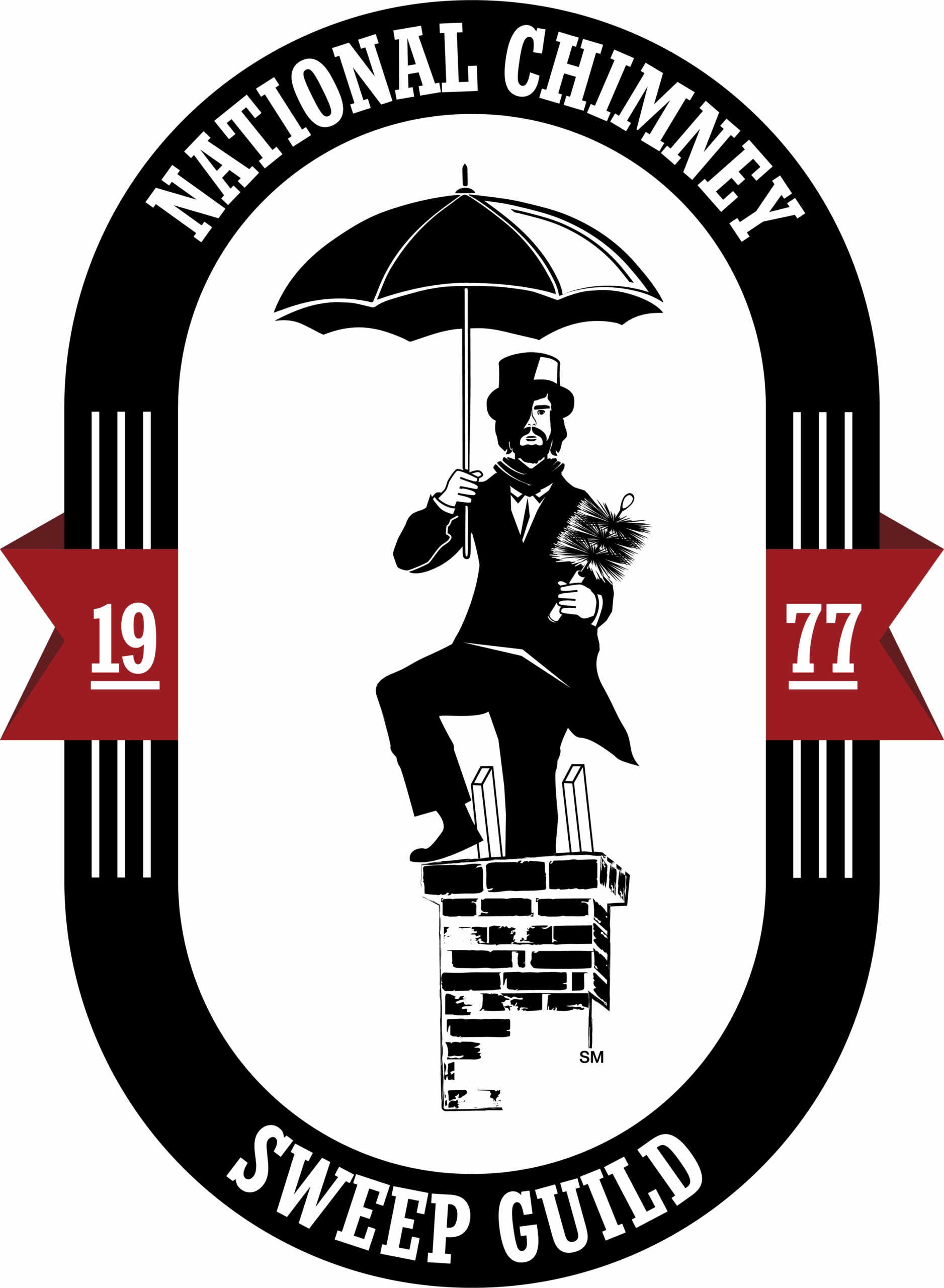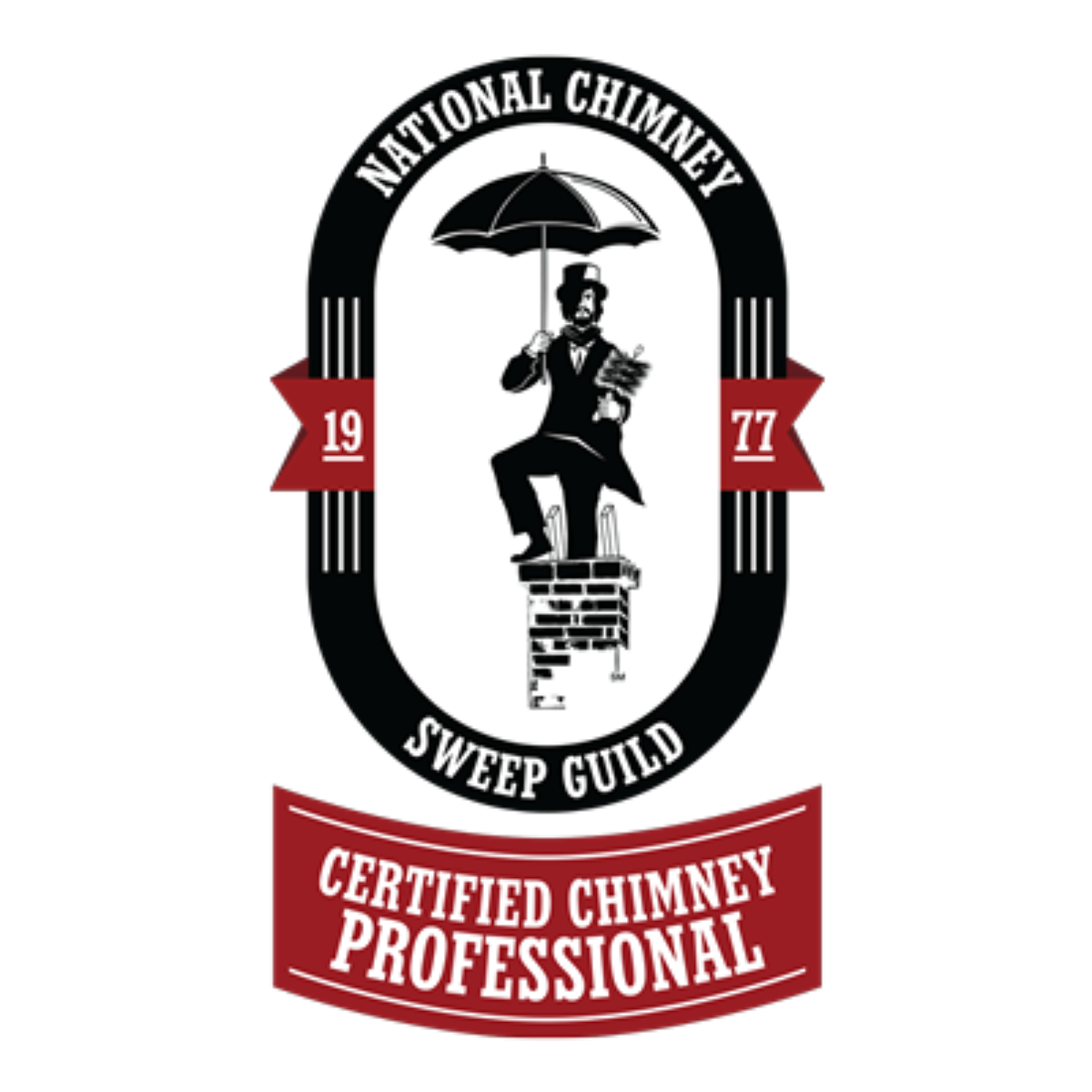The Impact of Weather on Brick Chimneys: Preventive Maintenance Tips
Protect your brick chimney from weather damage by applying waterproof sealants every few years. These sealants guard against water infiltration, preventing cracks and deterioration. Regular inspections catch issues early, saving you time and money in the long run. Address efflorescence promptly by gently scrubbing affected areas and fixing water leaks. Repair mortar damage quickly to avoid structural instability. Chimney caps can shield against strong winds and storms. Keep debris and blockages clear for safety and efficiency. Consider professional maintenance services for thorough assessments. Proper upkeep ensures your chimney’s longevity and functionality. Learn more about preventive tips for your brick chimney!
Understanding Weather’s Effects on Chimneys
Understanding how weather impacts brick chimneys is crucial for proper maintenance. Rain, snow, and freeze-thaw cycles can all take a toll on your chimney’s structure. When water seeps into the bricks, it can freeze and expand during colder temperatures, causing cracks and weakening the chimney over time. This process, known as spalling, can lead to brick deterioration and potential safety hazards if not addressed promptly. Additionally, strong winds and storms can cause loose bricks or mortar joints to become dislodged, creating openings where water can penetrate further.
To mitigate these weather-related risks, it’s essential to regularly inspect your chimney for any signs of damage. Look for efflorescence, which appears as white stains on the bricks and indicates water infiltration. Keep an eye out for any loose bricks or mortar joints that may need to be repaired. By staying proactive and addressing weather-related issues promptly, you can maintain the structural integrity of your brick chimney for years to come.
Importance of Regular Inspection
Regularly inspecting your chimney is vital for identifying and addressing potential issues before they escalate. By scheduling routine inspections, you can catch problems early on, saving you time and money in the long run.
During these inspections, a professional can assess the condition of the chimney structure, check for cracks or deterioration, and ensure that the chimney is functioning properly. Detecting issues such as water leaks, blockages, or creosote buildup early can prevent more significant damage later. Ignoring regular inspections can lead to costly repairs or even safety hazards, such as chimney fires.
It’s recommended to have your chimney inspected at least once a year, ideally before the start of the heating season. Remember, prevention is key when it comes to maintaining the integrity and safety of your chimney.
Waterproofing for Brick Protection
To protect your chimney from weather-related brick chimney repair and damage, consider applying a waterproofing sealant as a preventive measure. Waterproofing is essential to shield your chimney from rain, snow, and moisture infiltration, which can cause significant deterioration over time. By creating a barrier against water penetration, the sealant helps to prevent cracks, spalling, and other forms of water-related damage to your brick chimney.
When selecting a waterproofing sealant, opt for a product specifically designed for masonry surfaces. Be sure to clean the chimney thoroughly before applying the sealant to ensure proper adhesion. Follow the manufacturer’s instructions carefully for the best results. Typically, the sealant should be reapplied every few years to maintain its effectiveness and is highly recommended that your contact a reliable chimney service in your area to complete this project. Regularly inspect the chimney for any signs of wear or damage to address issues promptly. Waterproofing your brick chimney is a simple yet effective way to extend its lifespan and keep it looking its best for years to come.
Addressing Efflorescence Early
To address efflorescence early on your brick chimney, keep an eye out for any white, powdery deposits that may indicate mineral salt buildup. Efflorescence is a common issue caused by water evaporating from the bricks and leaving behind salt deposits on the surface. These deposits not only look unsightly but can also lead to further damage if left untreated.
One way to tackle efflorescence is by using a stiff brush or a low-pressure wash to gently scrub the affected areas. Make sure to wear protective gear such as gloves and safety goggles when doing this task. Additionally, you can try using a mild acidic solution like vinegar or a commercial efflorescence cleaner to help dissolve and remove the salt deposits. After cleaning, it’s crucial to identify and fix the source of water intrusion to prevent efflorescence from recurring. Check for any cracks in the chimney, loose mortar joints, or damaged flashing that might be allowing water to seep in. By addressing efflorescence early and taking preventive measures, you can maintain the integrity and aesthetics of your brick chimney.
Repairing Mortar Damage
Promptly If you notice mortar damage on your brick chimney, promptly repairing it’s crucial to prevent further deterioration. Damaged mortar joints can allow water to seep into the chimney structure, leading to more extensive issues over time. To repair mortar damage, start by removing any loose or deteriorated mortar using a chisel and brush. Once the joints are clean, apply a new layer of mortar to fill in the gaps. Make sure to match the new mortar with the existing color and texture for a seamless repair.
Ignoring mortar damage can result in structural instability and further water infiltration, which may lead to costly repairs down the line. By addressing mortar damage promptly, you can maintain the integrity of your chimney and prolong its lifespan. Regularly inspecting your chimney for any signs of mortar deterioration and addressing them immediately will help ensure that your chimney remains in good condition for years to come.
Dealing With Freeze-Thaw Cycles
Repairing mortar damage promptly is vital for maintaining the integrity of your chimney, especially when dealing with freeze-thaw cycles. During winter, water can seep into the mortar joints of your chimney. When the temperature drops, this water freezes and expands, causing the mortar to crack and deteriorate. As the weather warms up, the ice melts, leaving gaps in the mortar. This cycle of freezing and thawing weakens the structure of your chimney over time.
To deal with freeze-thaw cycles effectively, inspect your chimney regularly for any signs of mortar damage, such as cracks or missing pieces. If you notice any issues, it’s crucial to repair them promptly to prevent further deterioration. Consider applying a waterproof sealant to the mortar joints to help protect them from water penetration. Additionally, ensuring proper drainage around your chimney can help prevent water from pooling and seeping into the masonry.
Installing a Chimney Cap
Consider protecting your chimney from the elements by installing a chimney cap. A chimney cap is a simple yet effective way to prevent rain, snow, debris, and animals from entering your chimney. By covering the chimney opening with a cap, you create a barrier that shields the interior of the chimney from moisture and blockages. This helps to extend the lifespan of your chimney and reduce the need for costly repairs caused by weather-related damage.
When choosing a chimney cap, opt for a durable material like stainless steel or copper that can withstand harsh weather conditions. Make sure the cap is properly sized to fit your chimney opening to provide maximum protection. Installation is relatively straightforward and can usually be done by a professional chimney technician. Regularly inspect the chimney cap for any signs of damage or wear and tear. Replace or repair any issues promptly to ensure continued protection for your chimney. By taking this simple preventive measure, you can safeguard your chimney from the damaging effects of weather and prolong its lifespan.
Clearing Debris and Blockages
To ensure the proper functioning of your chimney and maintain its longevity, regularly inspect and clear debris and blockages that may hinder its performance. Debris such as leaves, branches, bird nests, or even small animals can accumulate in your chimney over time, obstructing proper airflow and increasing the risk of chimney fires. It’s crucial to remove these obstructions to prevent potential hazards.
Start by visually inspecting the exterior of your chimney for any visible blockages. Use a flashlight to peer up the chimney from below and check for any signs of debris. Next, climb up to the roof and examine the chimney cap for blockages like bird nests or leaves. Remove any debris you find using a chimney brush or your hands, ensuring you have protective gloves and goggles. Regularly clearing debris and blockages from your chimney not only improves its efficiency but also reduces the risk of fire and carbon monoxide buildup in your home. By staying proactive with maintenance, you can enjoy a safer and more functional chimney for years to come.
Professional Chimney Maintenance Services
Ensure your chimney’s optimal performance and safety by entrusting professional maintenance services to certified experts. Hiring professionals, like Masters Services Chimney & Masonry, for chimney maintenance is crucial for ensuring that your chimney functions efficiently and safely. Certified chimney sweeps have the expertise to inspect your chimney thoroughly, identifying any potential issues such as creosote buildup, blockages, or structural damage. Professional chimney maintenance services typically include chimney inspections, cleaning, repairs, and overall maintenance to keep your chimney in top condition. During inspections, experts can detect early signs of damage or deterioration, preventing more extensive and costly repairs in the future. Regular cleaning by professionals helps remove creosote, a highly flammable substance that can lead to chimney fires if not addressed.
Professional Brick Chimney Repair Company serving Dallas, Houston & Oklahoma City
In conclusion, taking proactive steps to protect your brick chimney from the impact of weather is crucial for its longevity and functionality. Regular inspections, waterproofing, addressing efflorescence, repairing mortar damage, dealing with freeze-thaw cycles, installing a chimney cap, and clearing debris and blockages are all key preventive maintenance tips. Don’t wait until it’s too late – prioritize the care of your chimney to avoid costly repairs in the future. Contact Masters Services Chimney & Masonry for all your brick chimney repair needs if you are located in the Dallas-Fort Worth Metroplex, Houston, Oklahoma City, or surrounding areas.










